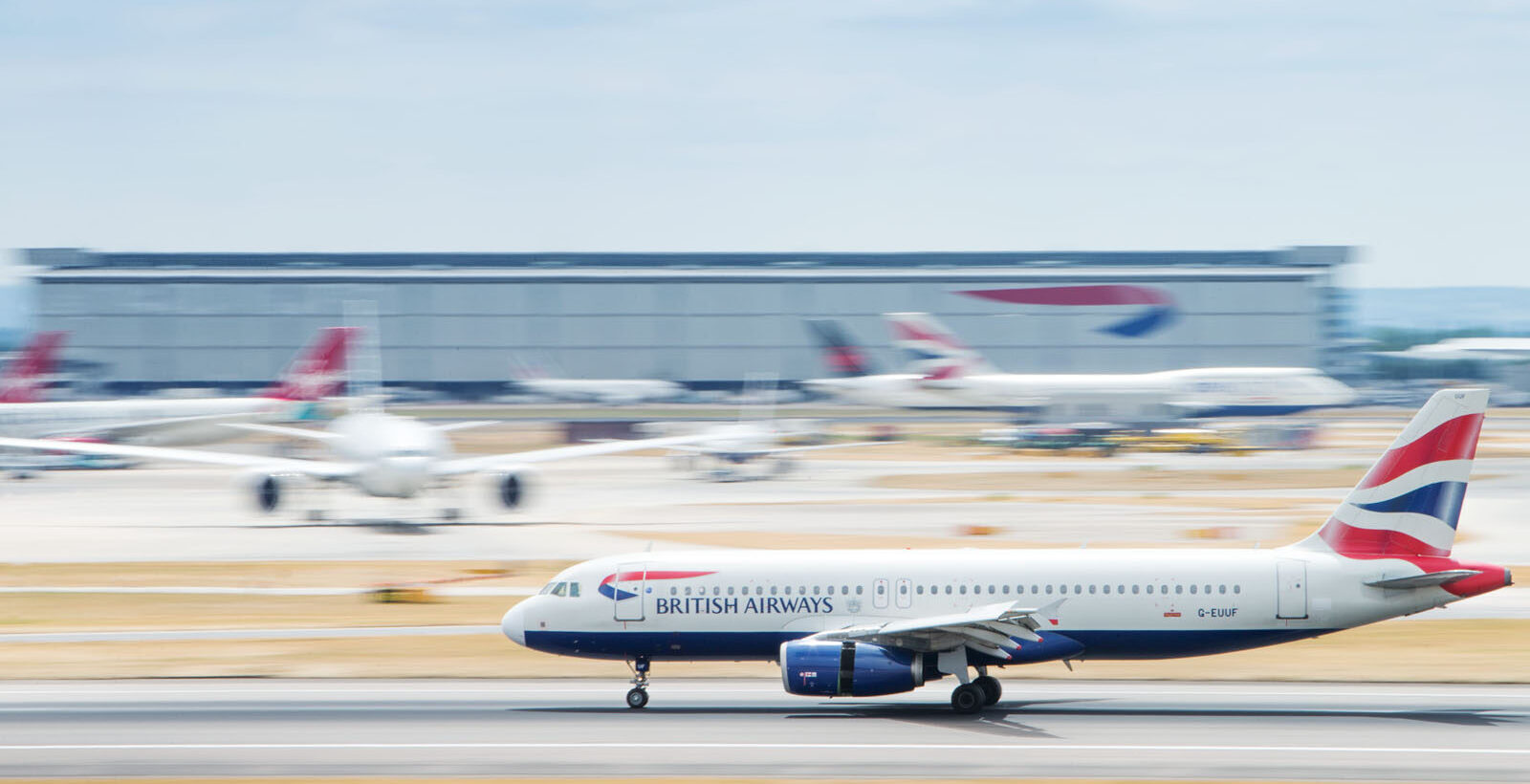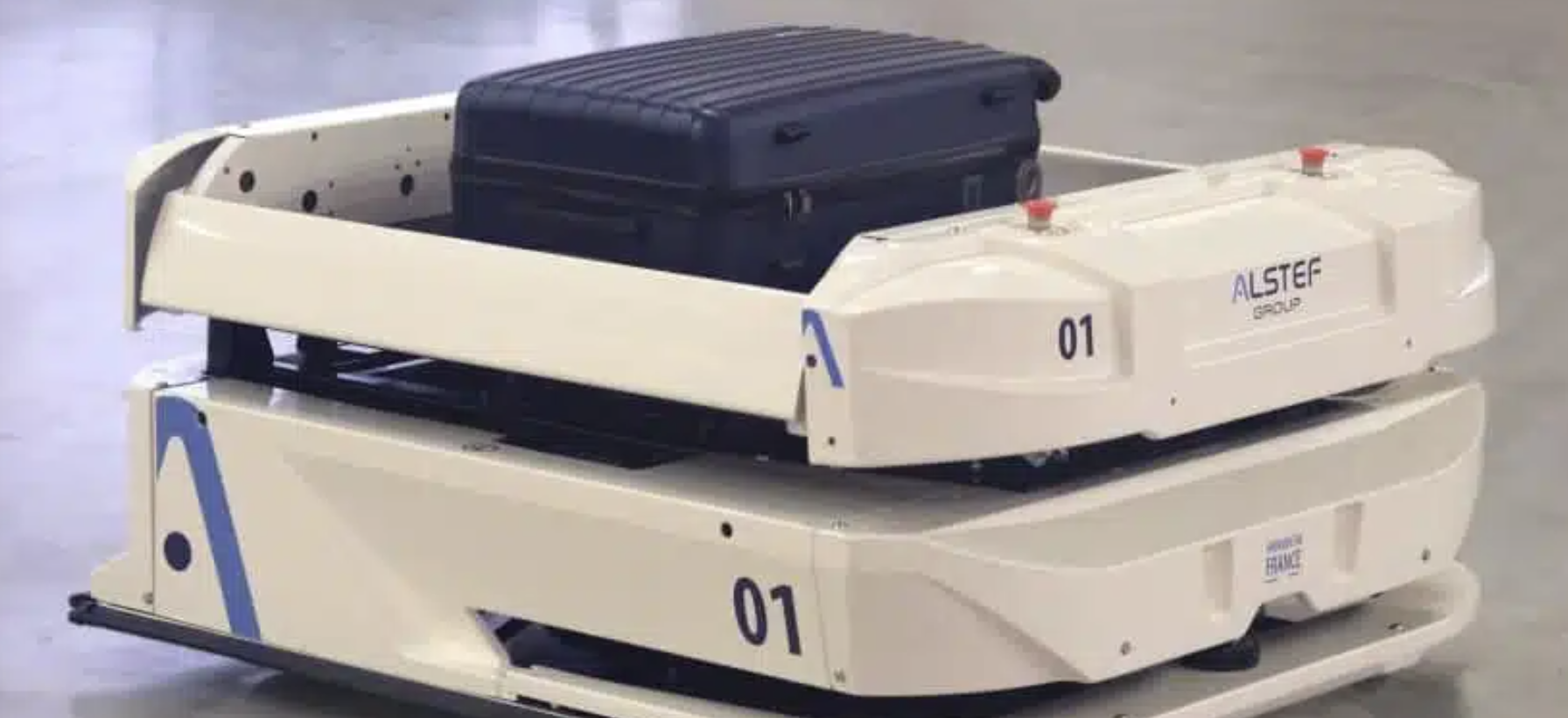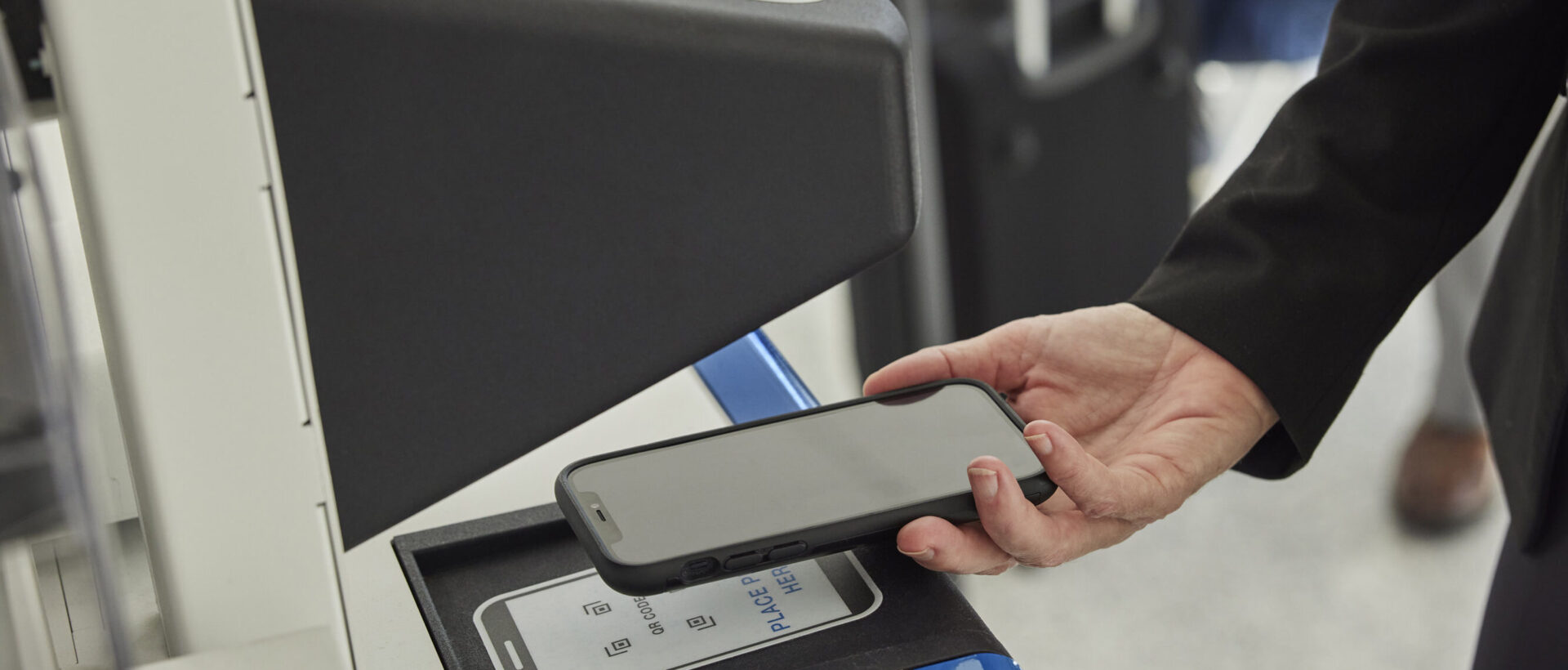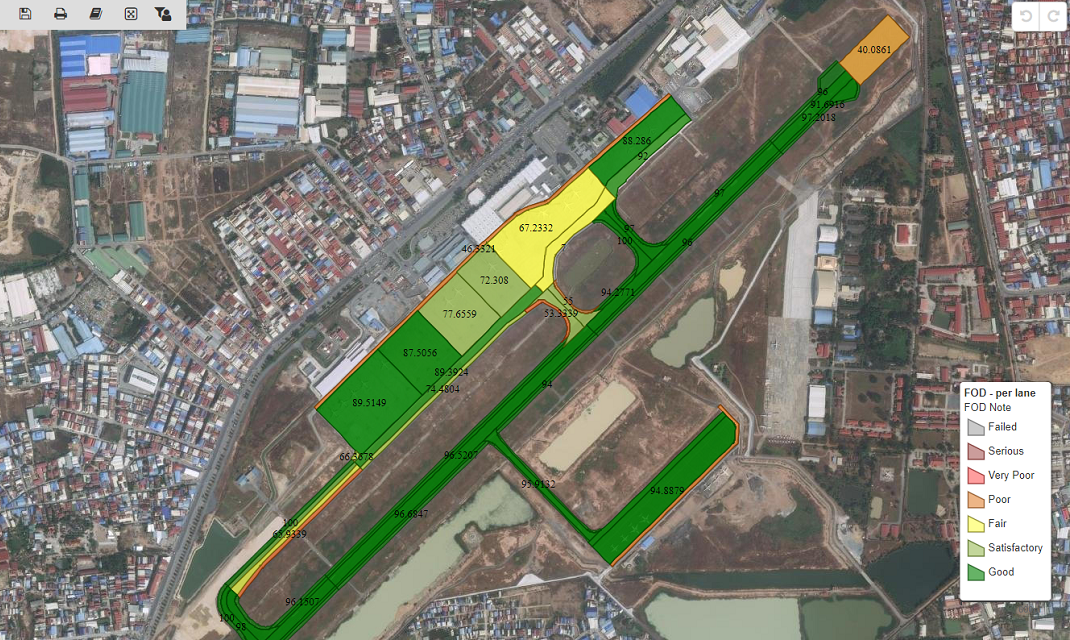FAA & NASA: New Software Capability Gets Planes Rolling Directly to the Runway, Reducing Fuel Burn & Taxi Time
The U.S. Transportation Department’s Federal Aviation Administration (FAA) and NASA today announced the completion of research and testing on a software capability that calculates gate pushbacks at busy hub airports so that each plane can roll directly to the runway and to take off. The FAA plans to deploy this capability as part of a larger investment in surface management technology to 27 airports.
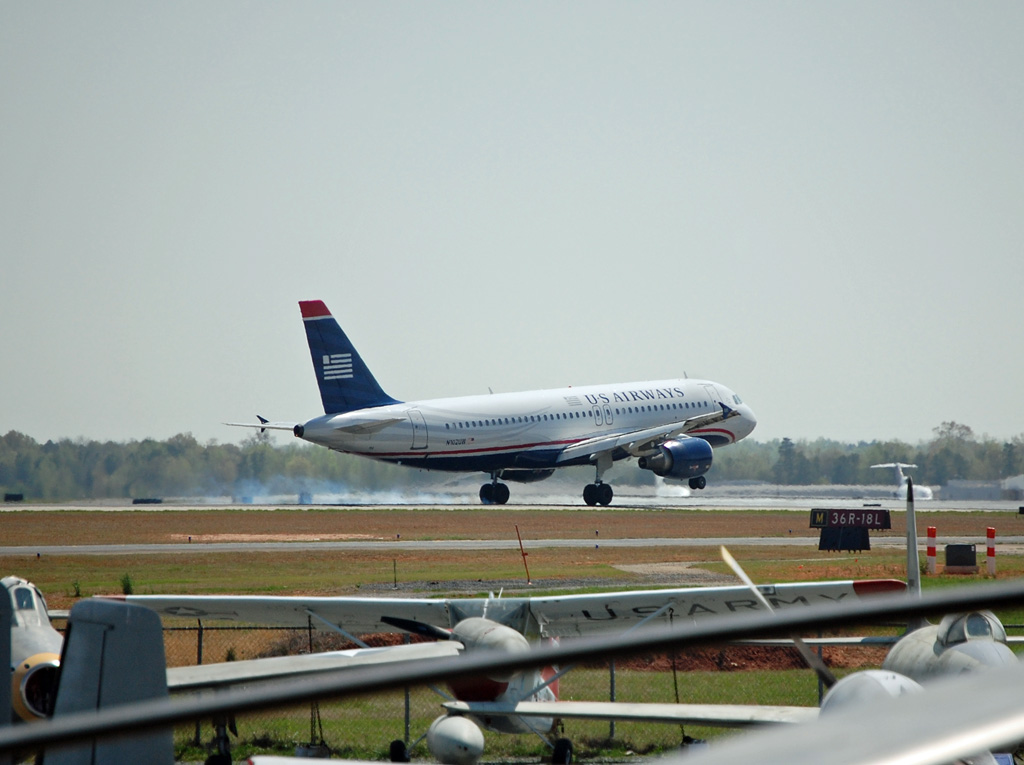
An animation of how the software works can be viewed here.
FAA Administrator, Steve Dickson, said:The future of flight must be more sustainable and environmentally friendly. This new capability as part of a flight merging system has a double benefit: It reduces aircraft emissions and ensures air travelers experience more on-time departures.
The innovative capability, which will be part of the FAA’s Terminal Flight Data Manager (TFDM) program, was developed by NASA and tested for nearly four years by the FAA’s NextGen group, airlines’ airport operations, FAA radar facilities in Charlotte and Dallas/Fort Worth and the Atlanta and Washington, D.C., centers handling high-altitude en route flights.
NASA Administrator, Bill Nelson, added:NASA is developing transformative technologies that will revolutionize the aviation sector as we know it. The proof is in the pudding. This air traffic scheduling technology enhances aircraft efficiency and improves dependability for passengers every day. I’m excited that the software NASA developed for air traffic controllers and airlines will be soon rolled out at airports across the country and know the results will continue to be extraordinary.
By minimizing taxi delay and ramp congestion, the program reduces fuel burn and CO2 emissions and support the Biden-Harris Administration’s goal to build a sustainable aviation system. During program testing at Charlotte Douglas International Airport, the program:
- Reduced taxi times that helped save more than 275,000 gallons of fuel annually, equivalent to the fuel burn of 185 flights between New York and Chicago by a Boeing 737;
- Reduced greenhouse gas emissions by 8 tons of CO2 daily;
- Reduced delays by 916 hours, equivalent to shaving 15 minutes of waiting time on a taxiway for more than 3,600 departing flights.
The FAA will roll out the enhanced TFDM, which will include this new push-back capability, at 27 hub airports across the country. When completed, the FAA anticipates a savings of more than 7 million gallons of fuel every year and the elimination of more than 75,000 tons of CO2 emissions annually.
FAA Assistant Administrator for NextGen, Pamela Whitley, said:When you are ready to go, you want to go. Waiting in line on a taxiway is not part of the flight plan. Through a productive partnership between the FAA, NASA and the airlines, we now have technology that brings better predictability of aircraft movements on and above our busiest airports. This will yield benefits for air travelers and for the environment.
The airports currently expected to be part of the rollout include: Atlanta, Baltimore, Boston, Charlotte, Chicago Midway, Chicago O’Hare, Dallas-Ft. Worth, Denver, Detroit, Fort Lauderdale, Houston Bush, Las Vegas, Los Angeles, Miami, Minneapolis-St. Paul, Newark, New York JFK, New York La Guardia, Orlando, Philadelphia, Phoenix, Salt Lake City, San Diego, San Francisco, Seattle, Washington Dulles, Washington Reagan National.
This article was originally published by the U.S. Transportation Department/Federal Aviation Administration.


